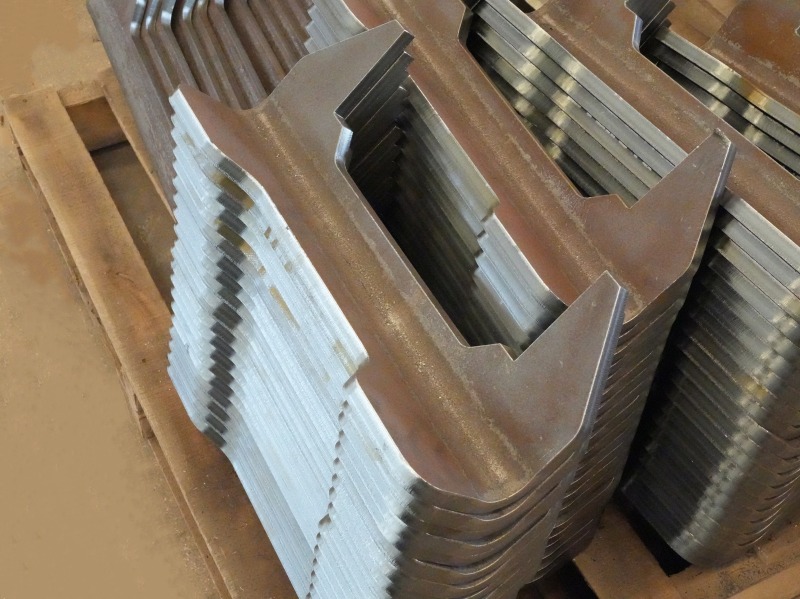Sheet metal bending: a journey of shaping sheet metal
sheet metal bending, a seemingly simple process, is actually an integral part of sheet metal processing. It is done by applying pressure to the Sheet metal on specific mechanical equipment, so that it is bent and deformed according to a predetermined angle and shape, thus obtaining the desired three-dimensional structure.
In the process of sheet metal bending, it is crucial to choose the right bending machine and mould. Different materials, thicknesses, lengths and widths of sheet metal and the different shapes and angles to be formed require bending machines with different tonnages and sizes of pressure equipment, matched with upper and lower moulds of different heights, shapes and V-widths. These special moulds ensure that the sheet metal is accurately shaped during the bending process, and at the same time ensure processing efficiency and product quality.

Sheet metal bending has a wide range of applications. In the automotive industry, sheet metal bending can be used to manufacture body parts, doors, bonnets, etc., which need to have good strength and rigidity to ensure the stability of the car. In addition, sheet metal bending processing is also widely used in the manufacture of building materials and decorative materials, such as metal roofing, façade panels, ceilings, etc. These materials need to have strong durability and waterproof performance to cope with a variety of complex environmental conditions.
The process flow of sheet metal bending includes steps such as unloading, mould preparation, bending, forming, welding, testing and surface treatment. During the bending process, the sheet metal undergoes a transformation from elastic deformation to plastic deformation to finally achieve the desired bending effect. Subsequently, further forming processes are carried out by forming equipment to form the desired shape and size. Finally, the sheet metal is welded to other parts or assemblies by welding equipment to form a complete part or assembly.

Sheet metal bending technology has the advantages of flexible design, high strength, good thermal conductivity and thermal insulation. It can be used to create various shapes of housings according to the design requirements of the product, and the bending is usually stronger than cast or welded housings. In addition, sheet metal has good thermal conductivity and insulation properties, which can effectively prevent equipment from overheating.
However, there are some defects in sheet metal bending and forming process, such as bending rebound, bending cracks, bending indentation and so on. These defects are affected by a variety of factors such as raw material characteristics, part properties, operating procedures, etc., and need to be prevented and repaired by taking appropriate measures.


